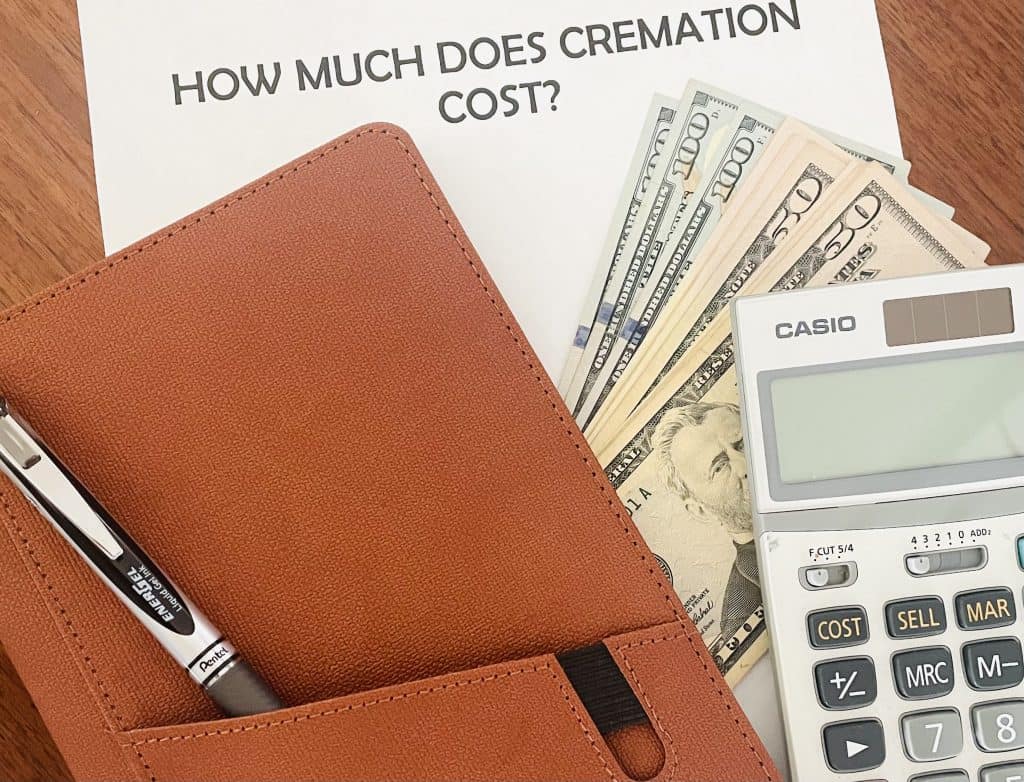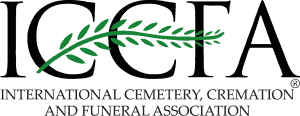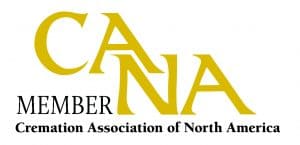As families navigate the emotional and logistical challenges of losing a loved one, they often turn to trusted professionals—like hospice staff—for guidance on end-of-life arrangements. Hospice workers, with their deep experience in caregiving and bereavement, are a natural source of advice during these difficult moments.
Yet, a troubling trend has emerged: some hospice staff are recommending corporate-owned funeral homes to families seeking affordable cremation services, even when these options come with price tags that far exceed what’s necessary.
Direct cremation costs at many corporate providers often start at $3,000 or more, while networks like DFS Memorials offer the same service for an average of just $1,000.
So, why is this happening, and what can families do to ensure they make informed, cost-effective choices?
The Corporate Connection: Incentives and Relationships in Healthcare and Death Care

One potential explanation lies in the business relationships between hospice organizations and corporate funeral home chains. Large funeral home conglomerates, such as Service Corporation International (SCI), operate hundreds of locations across the U.S. under various brand names. Dignity Memorial, Neptune Society, and National Cremation are three key SCI brands offering direct cremation nationwide.
These companies often prioritize profit margins, which can drive up prices for even the most straightforward services. One of them is direct cremation—a no-frills process that involves cremating the body shortly after death without a viewing or formal ceremony.

Hospice staff may not always be acting with ulterior motives. Still, some may recommend these corporate providers due to established referral networks, marketing partnerships, or even subtle pressure from their employers.
In some instances, hospice organizations—especially those owned by larger healthcare corporations—may have financial ties to funeral home chains, creating an incentive to steer families toward pricier options.
While not all hospice workers are influenced by such dynamics, the lack of transparency in these relationships can leave families unaware of more affordable alternatives.
The Cremation Price Disparity: $3,000 vs. $1,000

Direct cremation is designed to be a straightforward, budget-friendly option, yet the costs quoted by corporate funeral homes often defy this purpose. A $3,000+ price tag might include hidden fees—transportation surcharges, administrative costs, or upsells for urns and memorial packages that families don’t need or want.
For grieving families who’ve specifically asked for affordability, this can feel like a bait-and-switch.
In contrast, providers in the DFS Memorials network, a coalition of funeral homes and cremation specialists, deliver direct cremation services for an average of $1,000.
This price typically covers the essentials: transportation of the body, the cremation process, and the return of the ashes in a basic container. By focusing on simplicity and transparency, these providers prove that quality care doesn’t have to come with an exorbitant cost.
The $2,000+ difference isn’t just a number—it’s a lifeline for families already stretched thin by medical bills, caregiving expenses, or lost income.
Why Hospice Staff Might Not Mention Alternatives
Hospice workers are often overworked and under pressure to manage multiple cases, leaving little time to research every local cremation provider.
They may default to recommending familiar corporate names out of habit or convenience, especially if those companies have actively marketed themselves to healthcare professionals.
Additionally, some staff may genuinely believe that higher costs equate to better service—a misconception that corporate providers are happy to perpetuate through polished branding and professional outreach.
There’s also the human factor: hospice staff want to spare families additional stress. Recommending a well-known funeral home chain might feel like a safe, reliable choice, even if it’s not the most economical.
Unfortunately, this well-intentioned guidance can inadvertently lead families to overspend at a time when they’re least equipped to question the options presented.
Empowering Families: What You Can Do To Ensure You Find an Affordable Cremation

If you’re a family member navigating this process, you don’t have to accept the first recommendation you receive—even from a trusted hospice worker. Here’s how to be more in control and find an affordable cremation option:
- Ask Questions: When a hospice staff member suggests a funeral home, inquire about the reasoning. Are they recommending it based on cost, quality, or convenience? Don’t hesitate to ask for alternatives or express your preference for affordability.
- Do Your Research: A quick online search can reveal local providers like those in the DFS Memorials network, prioritizing low-cost cremation without compromising dignity. Compare prices and read reviews to find a provider that fits your budget and needs. Many funeral homes that cater to the demand for affordable cremation have provided transparent cremation service package prices and inclusions on their websites.
- Know Your Rights: The Federal Trade Commission’s Funeral Rule requires funeral homes to provide itemized price lists upon request, even over the phone. Use this to your advantage to avoid surprise fees.
- Lean on Community Resources: Nonprofit organizations, religious groups, or even friends who’ve been through the process can point you toward budget-friendly options that hospice staff might not mention.
A Call for Transparency of Cremation Pricing & Options

Hospice staff play an invaluable role in supporting families, but their recommendations shouldn’t come at the expense of financial fairness. As the end-of-life industry evolves, families deserve clear, unbiased guidance that aligns with their wishes—especially when affordability is a priority.
Corporate funeral homes’ $3,000+ price tags aren’t inevitable; they’re a choice. And with options like DFS Memorials offering direct cremation for a fraction of that cost, it’s a choice families don’t have to make.
Let’s advocate for a system where compassion and affordability go hand in hand. By staying informed and proactive, families can honor their loved ones without breaking the bank—and hospice professionals can help lead the way by broadening the options they share.
Have you encountered unexpected costs in end-of-life planning? Share your thoughts—I’d love to hear how we can better support families during these moments.

